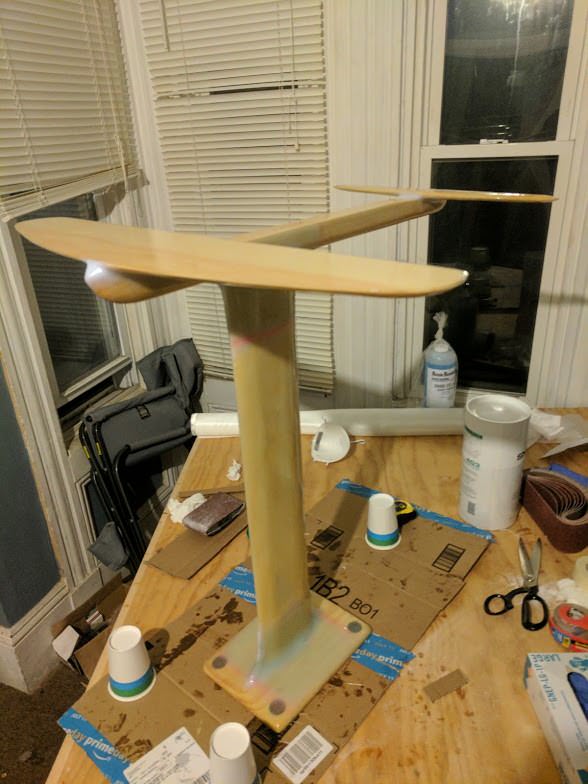notafraidtotry said:Hiorth said:ropower86 said:I am looking to purchase a Neugart Planetary GearBox. I know the ple 40 gearbox I need to choose but which gear ration do I need to get?
We ordered the PLE 40-005 (5:1) ratio. Which will give us about 4000 rpm on the propeller (unloaded), and probably less (around 3-3500 in real life). Lower rpm with bigger prop gives higher effciancy, on the other side, too large prop may result in torque overload for gearbox/motor and may pull air more easily if it gets to close to the surface.
Pacifimeister used Parker 7:1 and it worked. The neugart PLE and the Parker pv40 gearbox is mechanically more or less the same so an ratio in that ballpark with correct prop should work.
Can I ask where you ordered the PLE 40 from and how much you got it for? I have been looking in the UK but couldn't find an online distributor.
Thanks......
Just sent them an email directly from their webpage https://www.neugart.com/en/ and a guy from Norway (my country) contacted me by mail. Paid 200Euros +sale tax per piece, bought 2 pieces. Going to make more boards with improved design once we get the first setup up running.
Cheers.


